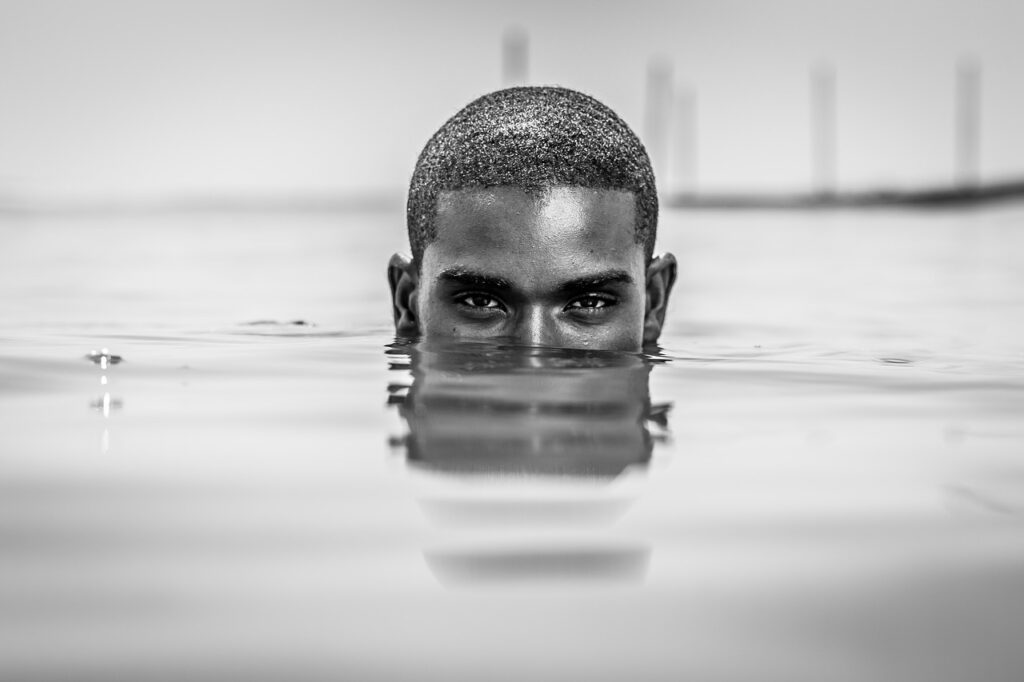Many people talk about how “black” people in the Americas (the United States specifically) are not of West-Central African origin at all. Multiple theories are espoused and perpetuated such as the Lost Tribes of Israel theory. There is also the notion that many black people were brought here on the forced migration of the estimated 12.5 million people took place in Atlantic Africa (for the most part). This area stretching from today’s Senegal to the tip of Namibia was home to these people. The rest would be brought from Southeastern Africa, including Madagascar. Western European merchants didn’t just roll the dice and go somewhere. They struck trade deals with private merchants, trading diasporas and institutions alongside the coast and sometimes further inland. The subsequent chain of events created a large diaspora in the New World who can claim ancestry from diverse origins all over Atlantic Africa and its interior. We will look at the five regions of Atlantic Africa affected.
Upper Guinea (Mande Country)
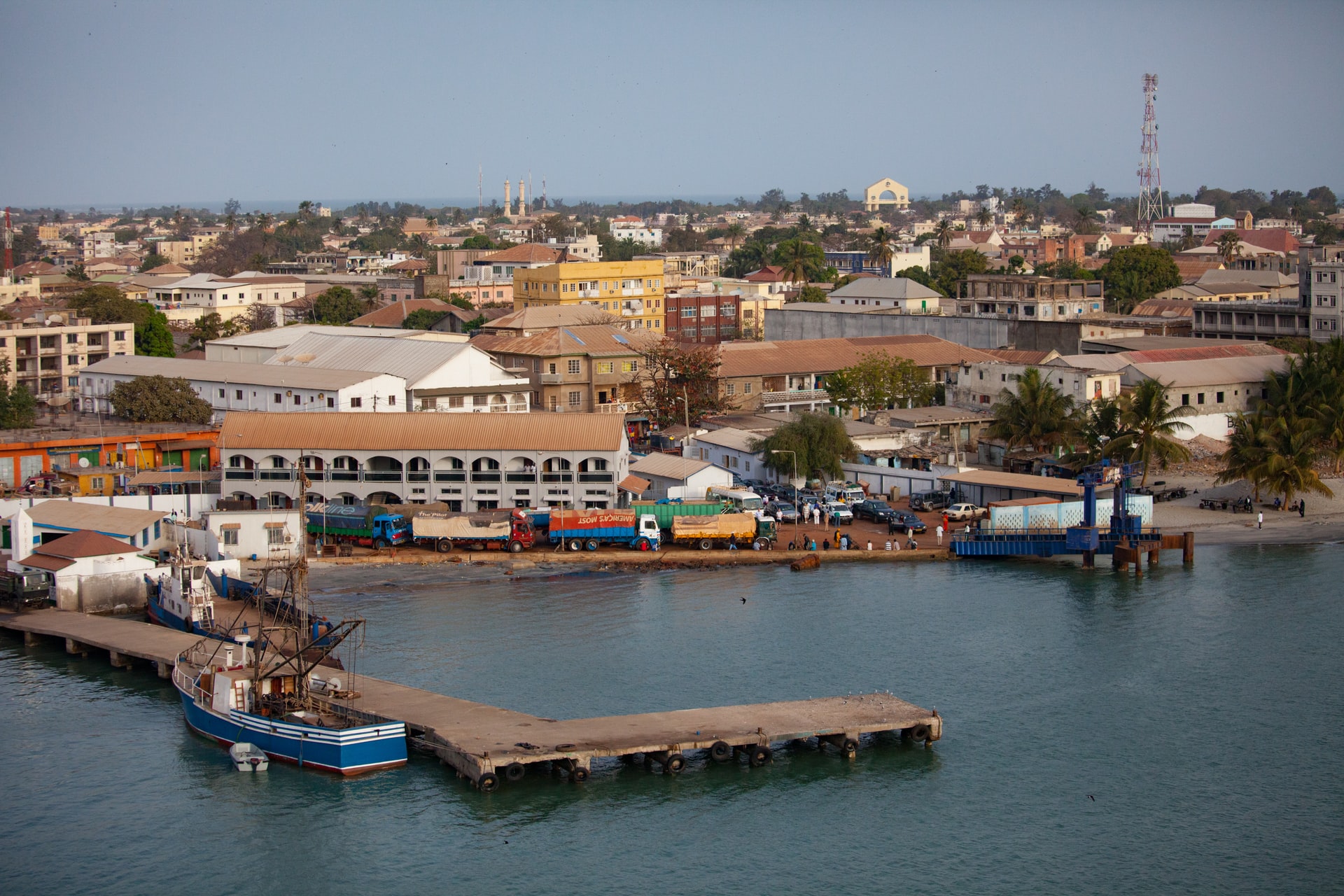

This area consists of the present-day countries of:
- Senegal
- Gambia
- Guinea Bissau
- Sierra Leone
- The edge of Western Liberia
- Mali
- A bit of Northern Ivory Coast
It was the first area to have European contact, namely with the Portuguese in the 1400’s. They heard stories of gold coming from this area, specifically the Kingdom of Mali. However, by the time they had arrived, it had already collapsed. Instead, they encountered people from the empire of old, who were busy jockeying for land with decentralized people groups along the coast. Most enslaved people during the first half of the transatlantic slave trade came from this area, especially people groups of non-Mande origin along the coast (Biafada, Papel, Bullom, Limba, etc.) To facilitate this trade, relationships with Soninke, Cayor, Fula and Mandinka entrepreneurs were formed. Intermarriage between them and French/Portuguese traders ensued and gave rise to the lancado class (mixed-race traders of European and African descent). From 1700’s onward, jihads waged by Fula and Mandinka states procured more captives for them, going hand in hand with the “Mandecization” of these countries as well. All in all, this accounted for around 1.5 million (12%) of people taken to the new world.
Gold Coast
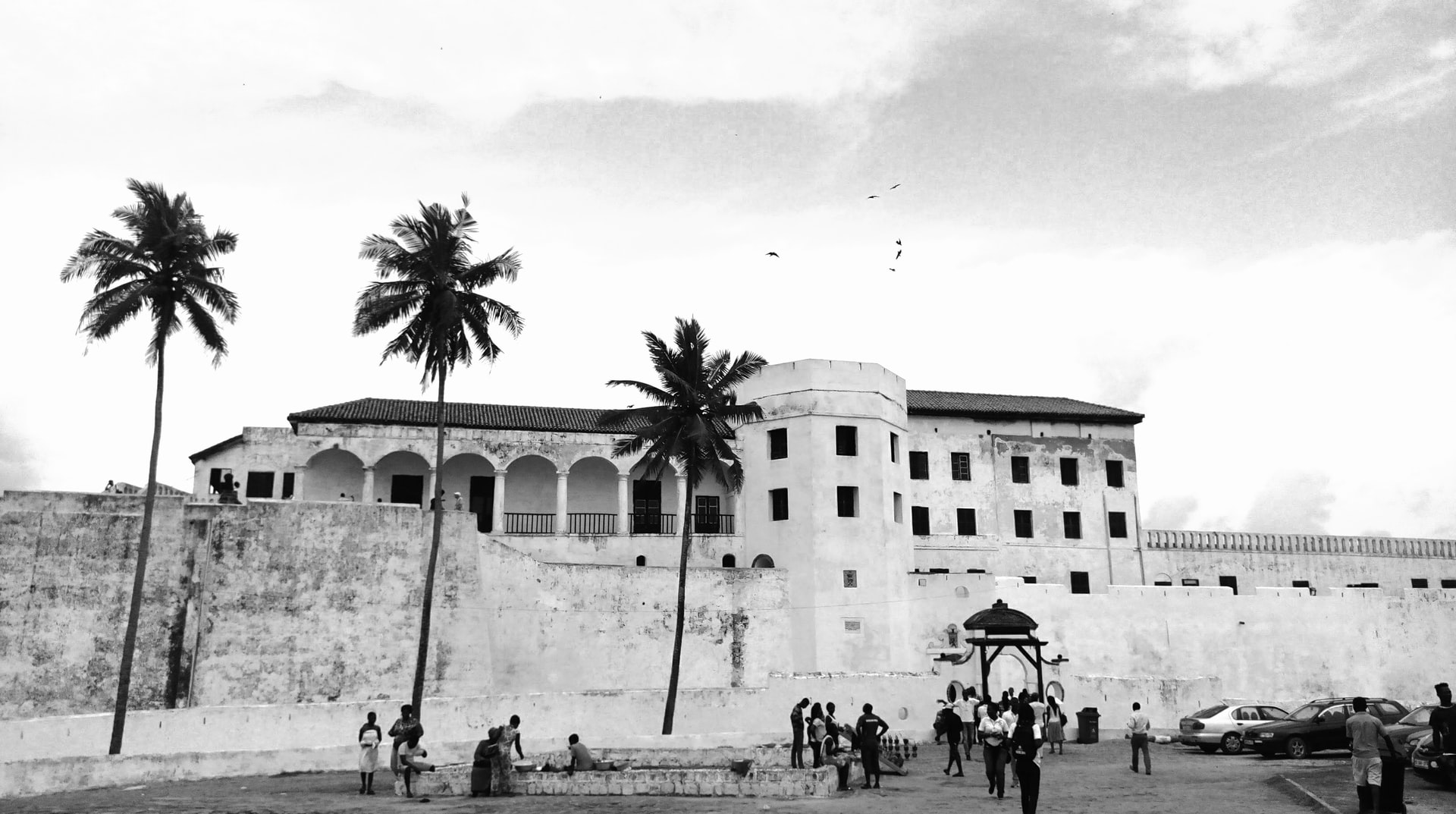

The area encompassed mainly the present-day nation of Ghana and Burkina Faso, although some of today’s Mali could be considered as well. The Portuguese arrived on the coast quite early in 1482 but the slave trade was not active in the area until 150 years later, due to gold being the main priority. It was mostly populated by the indigenous Guan with an Akan minority. The Akan slowly began to dominate from the 1640’s onward and an arms for people/gold trade ensued with other European nations and their neighbors along the coast and interior. People were procured mostly along the coast initially but eventually hit the Mossi Kingdoms in the mid 1700’s, due to Asante (Akan) empire expansion. This area contributed to 1.2 million (10%) of people taken to the New World.
Bight Of Benin
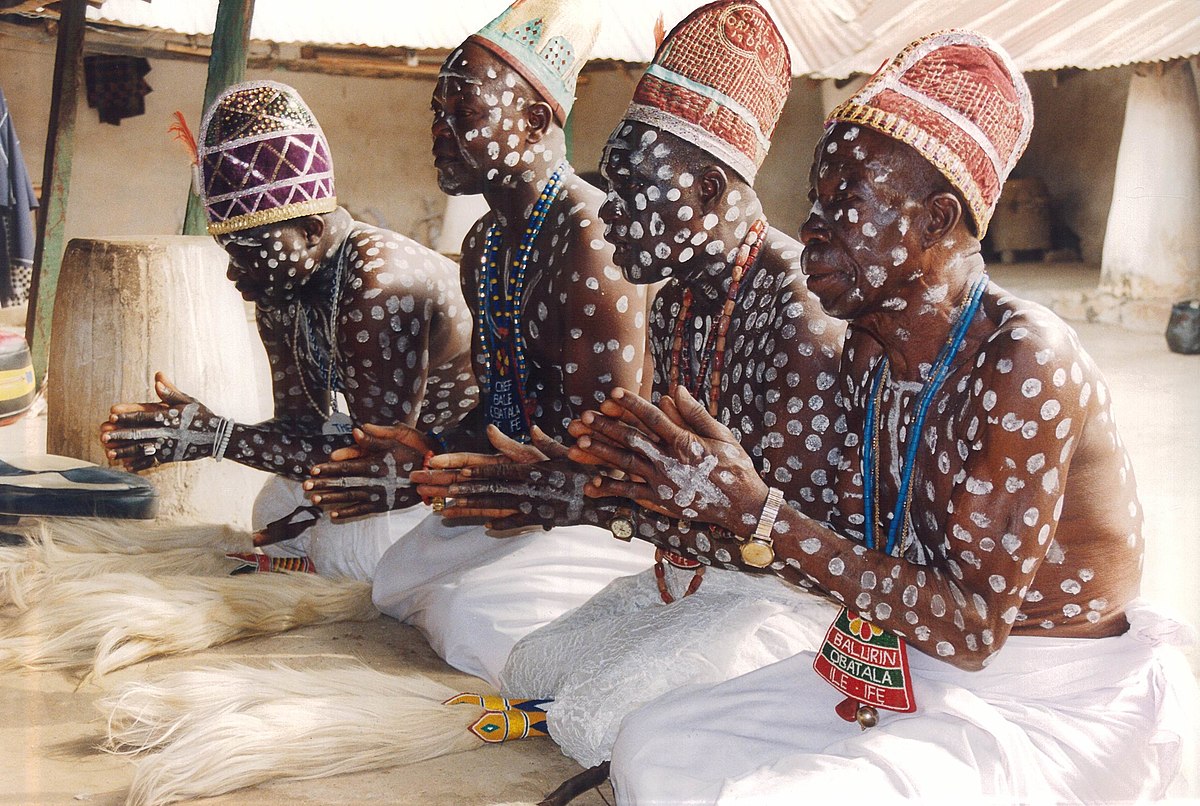

This encompasses a large area of present day:
- Togo
- Ghana east of Lake Volta
- Benin
- Southwestern Nigeria
- Northern Nigeria
- A bit of Southeastern Burkina Faso
- Southwestern Niger
The Portuguese, again, were the first Europeans to arrive in this area, and encountered the great Bini Kingdom(in present-day Nigeria) in 1472. They established trade relations there and procured a few people, but it didn’t continue because the oba (king) wanted to keep men for the army and the Portuguese didn’t want to sell muskets to non-Christians. They proceeded to the Aja states(near today’s Allada, Benin) to trade and they did so willingly because of their wish to protect themselves from the nearby Oyo kingdom. From 1616 onwards, most people were victimized from the coastal areas of today’s Benin and Togo and this ballooned in the late 1700s once the Fon state of Dahomey became the central power. The Dutch, French and English joined in from 1650-1863 with the trade moving increasingly northwards since the Hausa states, Oyo and Sokoto caliphate were gaining ground too. Yoruba, Hausa, Fulani, multiple Aja ethnic groups and many other small ethnic groups in Nigeria’s middle belt were faced with the challenges of the trade in persons. This area contributed around 2 million (16%) of the total people taken to the New World, ranking second.
Bight Of Biafra
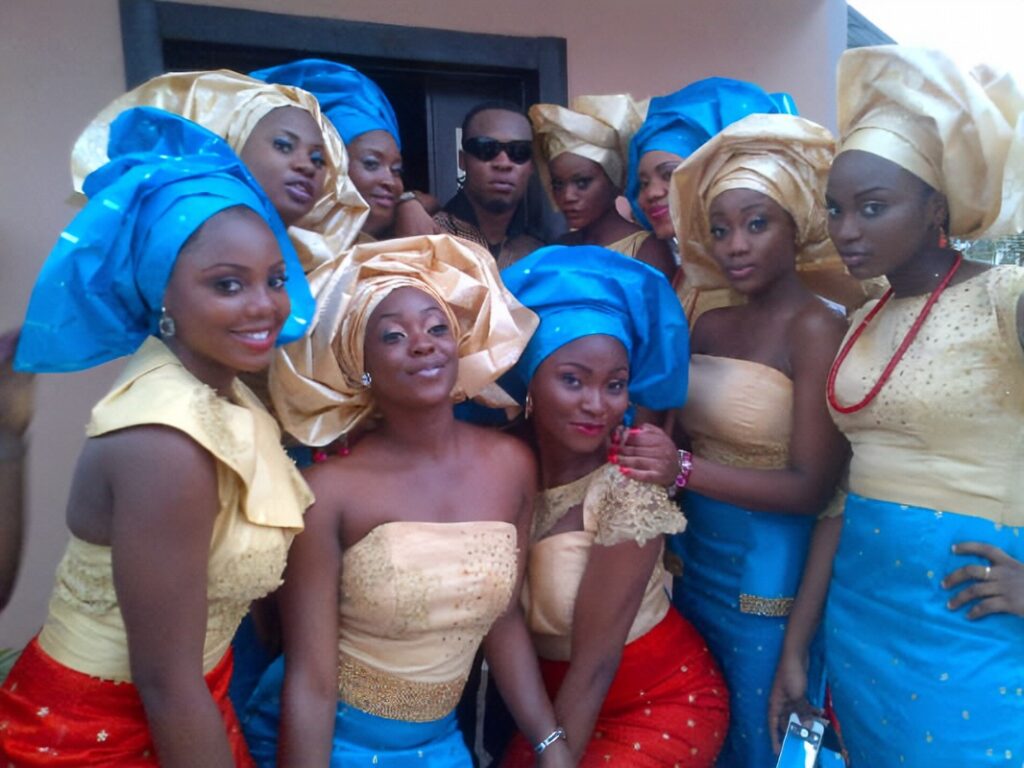
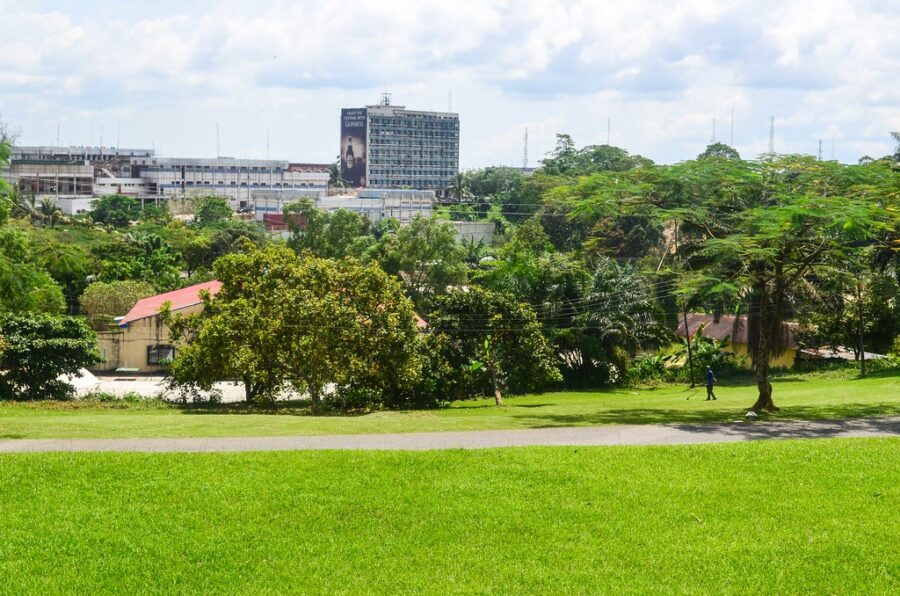
This area comprises mostly of Southeast Nigeria in addition to small portion of the Cameroon grasslands and Gabon River. Initially, trade in enslaved persons was centered around the middle of the Niger Delta and the edge of New Calabar, with Portuguese merchants (again!). The Igbo, Ijaw, Efik and other ethnic groups near the Niger Delta took part in this trade early. However, it didn’t pick up steam until the 1750’s when the Aro monopolized trade with Europeans that came to the coast. Aro merchants and family groups were known for inciting leaders they visited to raid other peoples in exchange for goods. Their actions siphoned trade to ports such as Bonny and Old Calabar. Most captives from Southeastern Nigeria were Igbo, Efik or from Igala nations north of them. Ibibio and Efik people were also victims as well. Cameroonian captives came from the grasslands of the Cameroon/Nigeria border and Gabon captives mainly came through war from rival ethnic groups due to Fang and Ntumu movements into indigenous lands. These lands contributed around 1.6 million (12%) people to the New World.
West-Central Africa(Bantulands)
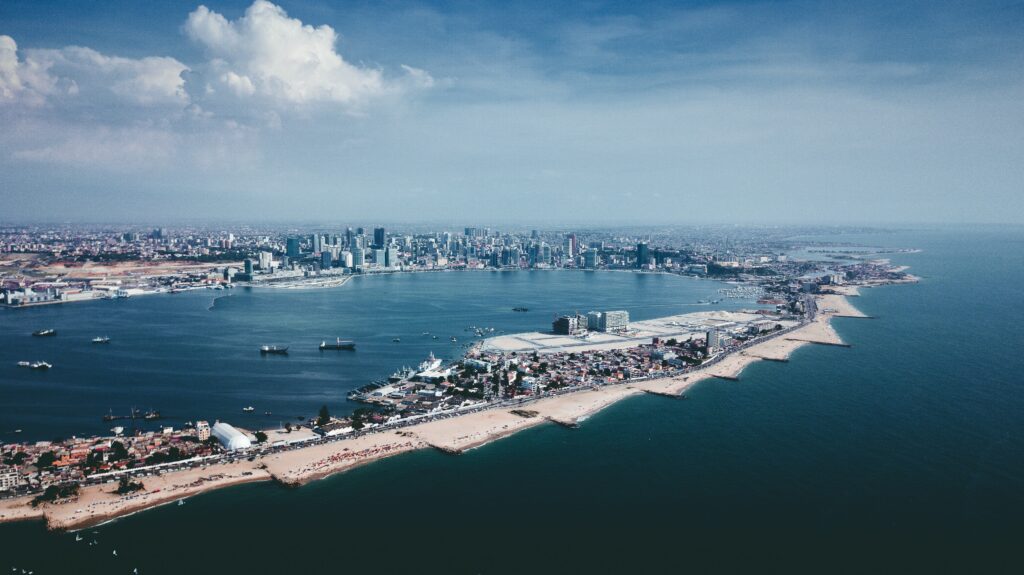

This area is where most people who were forced across the Atlantic came from. It is also the biggest region, stretching from southern Gabon all the way to the northern tip of Namibia. Countries included are:
- Southern Gabon
- Republic Of Congo
- Democratic Republic Of Congo
- Angola
- Northern tip of Namibia
- Western part of Zambia
Guess who was the first European traders there? You guessed it. The Portuguese. This was actually the second area that they touched for captives initially, after the Upper Guinea. They first landed in the Kingdom of Kongo and found a centralized kingdom similar to Portugal. The two quickly became diplomatic friends and the king of Kongo converted to Christianity. Initially, he gave them rival Tio (Bateke) peoples However, this changed to Kongo nobles and “free people” being raided by each other for a quick buck. Dissatisfied with the newfound instability, many Kongo factions began to side with the new boys in town, who were the Dutch. As expected, this angered the Portuguese much and it led to an all-out battle in 1665 between the Portuguese allied with the Mbundu (Angola) and the Kongo allied with the Dutch. Alas, the Kongo lost, and they had to place a Portuguese ambassador in their royal court who influenced political decisions. This, coupled with succession disputes, eventually led to the breakup of Kongo. Nations built with Portuguese assistance such as Kasanje, raided the coast and interior of today’s Democratic Republic of Congo and Angola for people. The havoc enveloping the whole region accounted for 5.7 million people (45%) of the people forced to the Americas.
